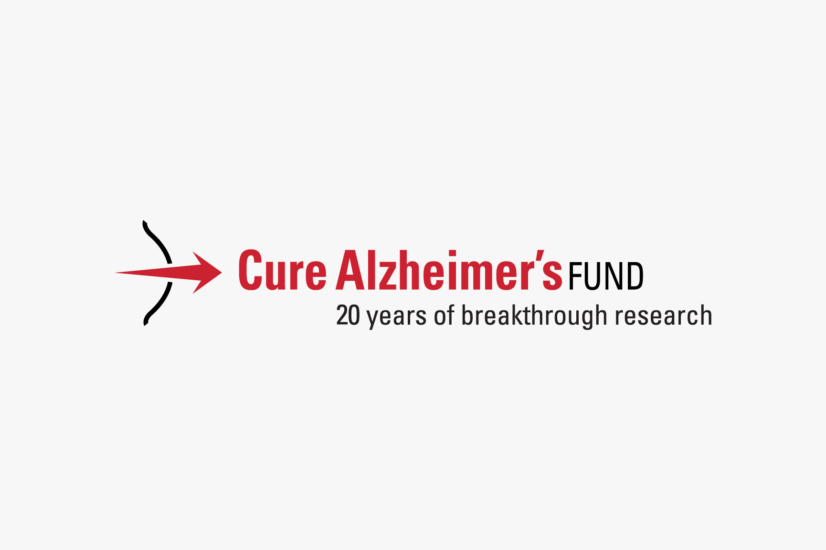


- The Basics of Alzheimer’s Disease
- The Research
- About Us
- Giving
- News and Events
- Awareness
- Contact
Posted August 20, 2021

As with our hearts, there is now evidence that exercise benefits our brains.
While we exercise, the hormone irisin is secreted by our muscles. This hormone modulates the metabolic processes and functioning of the nervous system and acts as an anti-inflammatory. When irisin was given to mice with significant AD pathology, the glial cells in the brain were activated to reduce neuroinflammation, resulting in improved cognition. Conversely, the removal of irisin erased the neuroprotective effects by altering the development and maturation of new neurons in the hippocampus, a region of the brain important for memory and cognitive functions, and the first region of the brain to develop AD pathology.
Exercise can improve cognitive function as we age and reduce the risk of cognitive decline associated with Alzheimer’s disease (AD). These positive effects are due, at least in part, to the formation of new neurons and the strengthening of connections between neurons in the hippocampus—a brain region important for memory and learning. Exercise may also provide for reduction in neuroinflammation.
The molecular mechanism of the impact of exercise was unknown until a team of researchers discovered that the hormone irisin is the active player responsible for the boost in cognition seen with exercise. The study was led by CureAlz investigator Christiane Wrann, D.V.M., Ph.D., and included authors CureAlz researchers Se Hoon Choi, Ph.D., and Research Leadership Group Chair Rudy Tanzi, Ph.D. The results were published in Nature Metabolism.
Irisin is a hormone secreted by muscles during exercise. It starts its life as part of the membrane-bound protein FNDC5 before being cleaved off and released into the bloodstream. The fact that irisin is a small hormone molecule circulating in the blood versus a membrane-bound protein is important because it makes irisin more easily adapted as a therapy for cognitive decline.
The researchers made their discovery by studying a mouse model engineered not to produce irisin. Previous studies have shown that exercise will boost cognition and help reverse some of the cognitive declines in aging and AD. However, when irisin has been genetically removed, the cognition bump in all these examples disappears.
Exercise leads to the birth of new neurons in the hippocampus. When the researchers examined these adult-born neurons, they found that the absence of irisin changed how they looked and behaved. There is a period of growth where neurons send out dendritic branches, but for neurons to function properly, they need to be pruned. The absence of irisin led to adult-born neurons not maturing as they should. They were either overgrown or pruned incorrectly and did not have the dendritic spine density needed. Dendritic spines represent excitatory synapses, which are responsible for passing communication from one neuron to the next. All these alterations in how the adult-born neurons developed resulted in the neurons not working as they should.
The researchers also investigated what therapeutic role irisin might play in AD models. For these experiments, they engineered mice who expressed AD pathology (amyloid plaques, gliosis, and cognitive deficits) and could not produce irisin. These mice struggled in tasks that tested spatial learning and memory. A gene therapy approach was used in the hopes of reversing these effects. As part of a viral vector, irisin was given as an injection. The virus made its way to the liver, where it began to produce irisin protein and release it into the bloodstream. Irisin crossed the blood-brain barrier and directly acted on the brain. Astrocytes and microglia play a role in cognitive decline by increasing inflammation and directly acting on neurons (for example, pruning synapses). Irisin treatment resulted in fewer activated astrocytes and microglia. The end result was that both AD mouse models performed significantly better on the cognitive tests.
Irisin treatment targeted neuroinflammation rather than the formation or removal of amyloid plaques, and the treatment boosted cognition even after AD pathology had formed. “This could have implications for interventions in humans with Alzheimer’s disease where therapy typically starts after patients have become symptomatic,” lead investigator Wrann explained in a press release. Irisin can also be injected peripherally and cross the blood-brain barrier to affect the brain. This data points to the promise that irisin holds as a treatment for cognitive decline.
Published in:
Nature Metabolism
Exercise Hormone Irisin Is a Critical Regulator of Cognitive Function
Se Hoon Choi, Ph.D., Massachusetts General Hospital, Rudolph Tanzi, Ph.D., Massachusetts General Hospital, Christiane D. Wrann, DVM, Ph.D., Massachusetts General Hospital
Massachusetts General Hospital Press Release:





